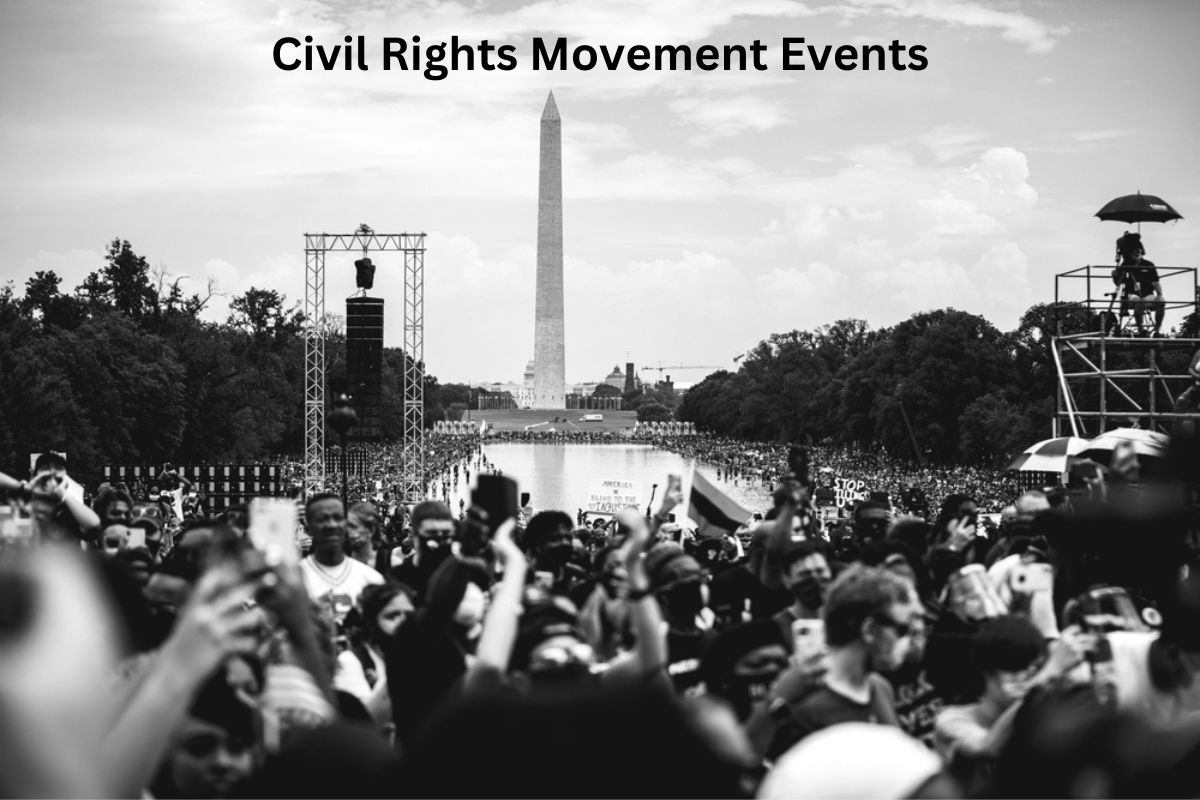The Civil Rights Movement was a transformative and pivotal period in American history that aimed to dismantle racial segregation, challenge systemic discrimination, and promote equal rights for African Americans and other marginalized communities.
Spanning from the mid-20th century, primarily the 1950s to the 1960s, this movement marked a determined and nonviolent struggle for justice and equality.
Throughout this era, a series of critical events unfolded, shaping the trajectory of civil rights activism and prompting legislative changes that have had a lasting impact on the United States.
From legal battles and iconic speeches to courageous protests and tragic assassinations, the events of the Civil Rights Movement laid the foundation for a more inclusive and just society, inspiring future generations to continue the pursuit of equality for all.
| Event | Year | Description |
|---|---|---|
| Brown v. Board of Education | 1954 | Ruled against school segregation. |
| Montgomery Bus Boycott | 1955-1956 | Boycott of segregated buses after Rosa Parks’ arrest. |
| Little Rock Nine | 1957 | African American students integrated into a high school. |
| Sit-ins | 1960s | Protests against segregated facilities. |
| Freedom Rides | 1961 | Bus rides to challenge interstate segregation. |
| March on Washington | 1963 | MLK’s “I Have a Dream” speech for civil rights. |
| Civil Rights Act of 1964 | 1964 | Ended segregation in public places. |
| Voting Rights Act of 1965 | 1965 | Ensured voting rights for marginalized groups. |
| Selma to Montgomery Marches | 1965 | Protests advocating for voting rights. |
| Assassinations (Malcolm X, MLK) | 1960s | Loss of key leaders in the movement. |
Events of the Civil Rights Movement
1. Brown v. Board of Education (1954) – Desegregation of schools
In 1954, the landmark U.S. Supreme Court case, Brown v. Board of Education of Topeka, declared racial segregation in public schools unconstitutional.
The case was brought forward by a group of African American families who challenged the practice of “separate but equal” education, arguing that it inherently perpetuated racial inequality.
The court’s unanimous decision, led by Chief Justice Earl Warren, marked a turning point in the Civil Rights Movement by striking down the doctrine established in the 1896 Plessy v. Ferguson case, which had upheld racial segregation.
The ruling paved the way for efforts to desegregate schools and challenge other forms of racial segregation in public life.
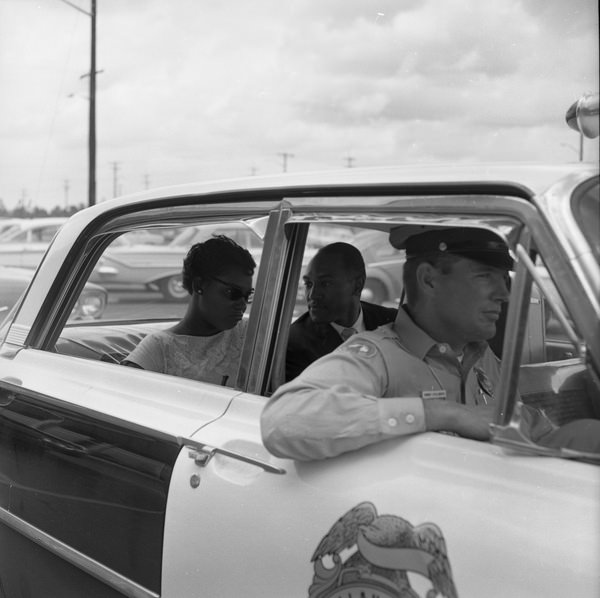
2. Montgomery Bus Boycott (1955-1956) – Protest against segregated buses
The Montgomery Bus Boycott was a pivotal protest that began on December 1, 1955, after Rosa Parks, an African American woman, refused to give up her seat to a white passenger on a city bus in Montgomery, Alabama.
Her arrest led to a city-wide boycott of the bus system, organized by leaders such as Dr. Martin Luther King Jr. The boycott lasted for over a year and relied on carpooling, walking, and other means of transportation, crippling the bus company’s finances.
In 1956, the Supreme Court ruled that segregated seating on buses was unconstitutional, marking a significant victory for the movement and highlighting the power of nonviolent resistance.
3. Little Rock Nine (1957) – Integration of a high school in Arkansas
In 1957, nine African American students, known as the “Little Rock Nine,” attempted to enroll in Little Rock Central High School in Arkansas.
Their enrollment was met with fierce opposition from segregationist groups and even the Arkansas National Guard, which was initially sent to prevent their entry.
President Dwight D. Eisenhower intervened by federalizing the National Guard and deploying U.S. Army troops to ensure the students’ safety and enforce the court-ordered desegregation of the school.
The Little Rock Nine faced immense challenges and hostility, but their determination and the support of federal authorities marked a significant step toward integrating public schools and challenging racial segregation in education.
4. Sit-ins (1960s) – Protests against segregated facilities
The sit-in movement emerged in the early 1960s as a form of nonviolent protest against racial segregation in public spaces, particularly in restaurants, lunch counters, and other establishments.
African American college students, inspired by the teachings of Mahatma Gandhi and the success of earlier civil rights actions, began sitting at segregated counters and refusing to leave until they were served.
One of the earliest and most well-known sit-ins occurred in Greensboro, North Carolina, in 1960, when four Black students from North Carolina A&T State University staged a sit-in at a Woolworth’s lunch counter.
The movement spread rapidly to other cities, sparking awareness and support for the Civil Rights Movement. The sit-ins drew attention to the injustices of segregation and pressured businesses and local governments to desegregate public accommodations.
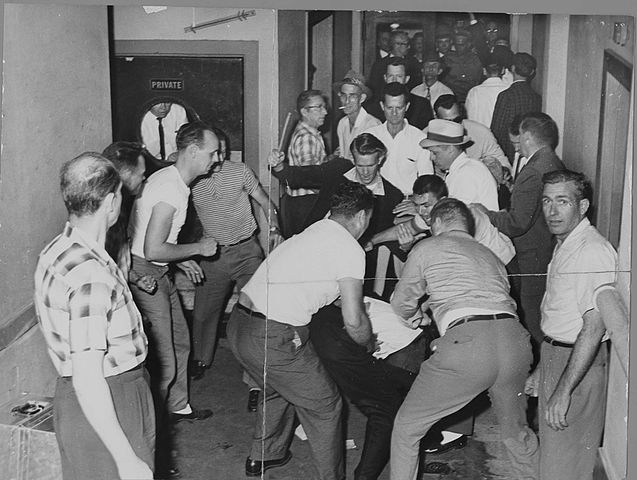
5. Freedom Rides (1961) – Integration of interstate transportation
The Freedom Rides were a series of integrated bus rides that aimed to challenge and ultimately end segregation in interstate transportation facilities, such as bus stations and terminals.
Organized by the Congress of Racial Equality (CORE) and other civil rights organizations, activists embarked on bus journeys through the South, where segregation was deeply entrenched.
These riders intentionally violated segregation laws by sitting in integrated groups and using facilities that were designated for whites only. The Freedom Rides faced violent opposition from white supremacists, including attacks and firebombing of buses.
Despite the dangers, the Freedom Rides drew national attention and highlighted the need for federal intervention to enforce desegregation laws and protect the rights of activists.
6. March on Washington (1963) – “I Have a Dream” speech by MLK
The March on Washington, held on August 28, 1963, was a watershed moment in the Civil Rights Movement.
More than 250,000 demonstrators, both Black and white, gathered at the National Mall in Washington, D.C., to demand civil rights legislation, equal employment opportunities, and an end to racial segregation.
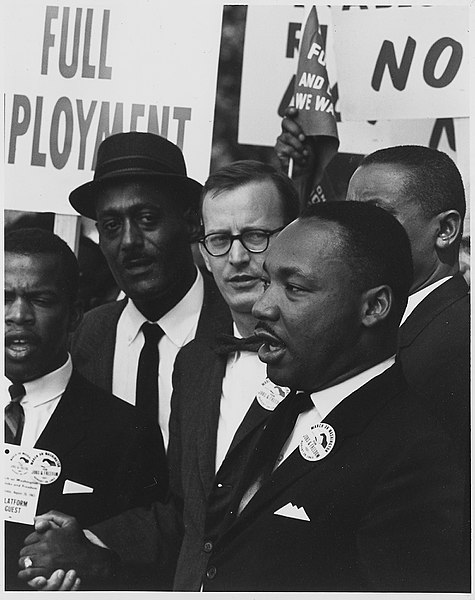
The highlight of the march was Dr. Martin Luther King Jr.’s iconic “I Have a Dream” speech, in which he articulated his vision of racial harmony and equality.
The march’s peaceful and massive turnout resonated across the country and played a significant role in building support for the passage of the Civil Rights Act of 1964.
7. Civil Rights Act of 1964 – Ended segregation in public places
The Civil Rights Act of 1964 was a landmark piece of legislation that aimed to end racial segregation and discrimination based on race, color, religion, sex, or national origin.
Signed into law by President Lyndon B. Johnson on July 2, 1964, the act had a profound impact on American society.
It prohibited discrimination in public places such as schools, workplaces, and accommodations, and it also established the Equal Employment Opportunity Commission (EEOC) to enforce provisions related to workplace discrimination.
The act marked a significant step toward dismantling institutionalized racism and promoting equal rights for all citizens, regardless of their background.
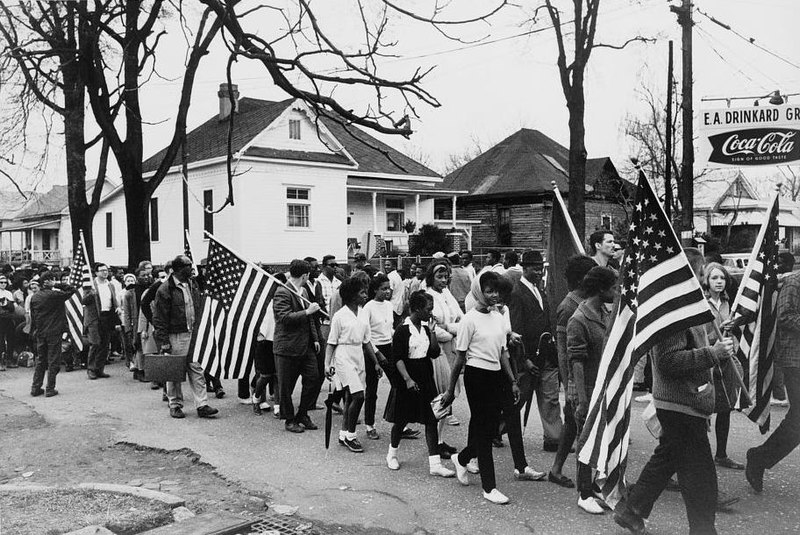
8. Voting Rights Act of 1965 – Protected voting rights for all
The Voting Rights Act of 1965 aimed to address the persistent barriers that prevented African Americans from exercising their right to vote, particularly in the Southern states.
The act outlawed discriminatory voting practices, such as literacy tests and poll taxes, which had been used to disenfranchise minority voters. It also provided federal oversight in jurisdictions with a history of voter discrimination, ensuring that citizens’ voting rights were protected.
The Voting Rights Act significantly increased African American voter registration and representation, marking a crucial achievement in the struggle for equal political participation.
9. Selma to Montgomery Marches (1965) – Voting rights protest
The Selma to Montgomery Marches were a series of three protest marches that took place in 1965 in Alabama.
Organized by civil rights activists, including Dr. Martin Luther King Jr., the marches aimed to advocate for voting rights for African Americans and to draw attention to the racial discrimination and violence that had obstructed their access to the ballot box.
The first march, known as “Bloody Sunday,” occurred on March 7, 1965, and was met with brutal police violence. Following national outrage, subsequent marches were protected by federal court orders and eventually led to the successful passage of the Voting Rights Act later that year.
10. Assassinations (Malcolm X, MLK) – Loss of key leaders
The Civil Rights Movement suffered two major losses with the assassinations of two influential leaders. Malcolm X, a prominent human rights activist and advocate for Black empowerment, was assassinated on February 21, 1965.
His death left a significant impact on the movement and the struggle for racial justice. Dr. Martin Luther King Jr., a symbol of nonviolent protest and civil rights activism, was assassinated on April 4, 1968. His assassination led to outrage and protests across the country.
Both deaths underscored the challenges and dangers faced by civil rights leaders and highlighted the ongoing struggle for equality and justice.
